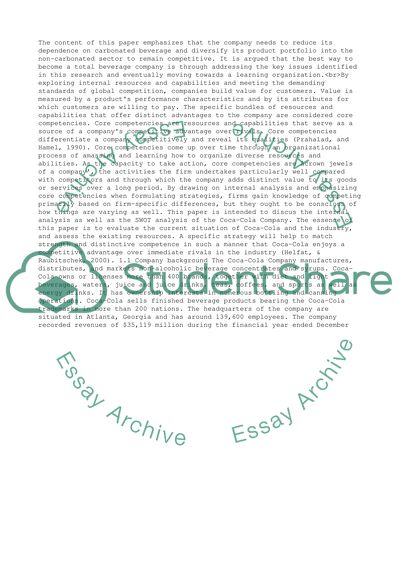Cite this document
(“Internal Analysis and SWOT Analysis of the Coca-Cola Company Research Paper”, n.d.)
Internal Analysis and SWOT Analysis of the Coca-Cola Company Research Paper. Retrieved from https://studentshare.org/management/1440125-internal-analysis-and-swot-analysis-of-the-coca
Internal Analysis and SWOT Analysis of the Coca-Cola Company Research Paper. Retrieved from https://studentshare.org/management/1440125-internal-analysis-and-swot-analysis-of-the-coca
(Internal Analysis and SWOT Analysis of the Coca-Cola Company Research Paper)
Internal Analysis and SWOT Analysis of the Coca-Cola Company Research Paper. https://studentshare.org/management/1440125-internal-analysis-and-swot-analysis-of-the-coca.
Internal Analysis and SWOT Analysis of the Coca-Cola Company Research Paper. https://studentshare.org/management/1440125-internal-analysis-and-swot-analysis-of-the-coca.
“Internal Analysis and SWOT Analysis of the Coca-Cola Company Research Paper”, n.d. https://studentshare.org/management/1440125-internal-analysis-and-swot-analysis-of-the-coca.


